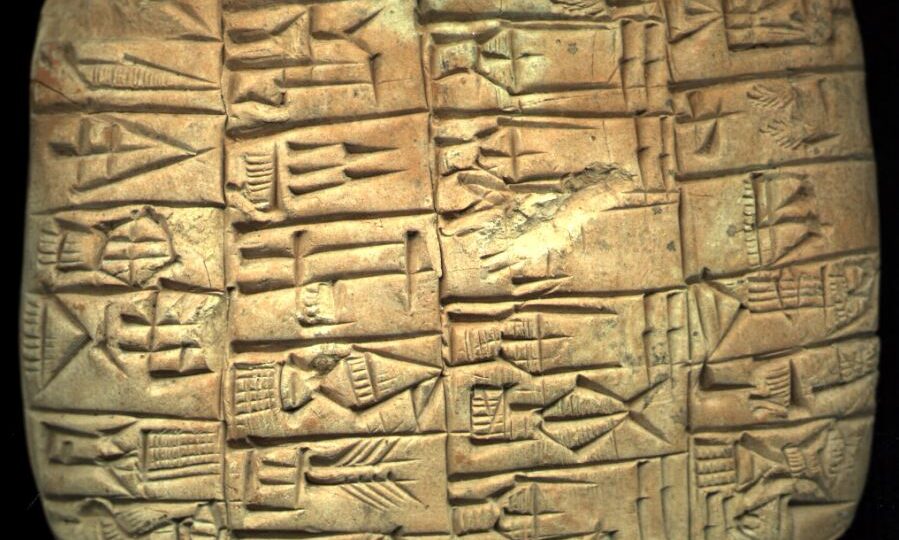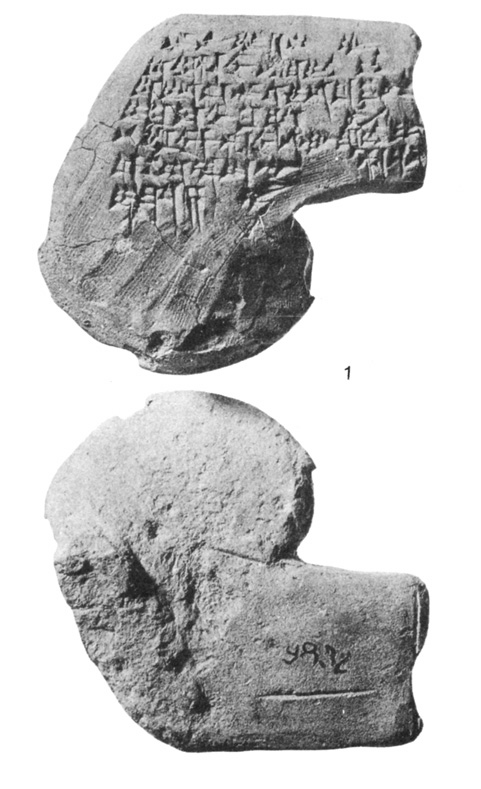The Greeks were very sniffy about Mesopotamian medicine. Herodotus, in book one of his Histories, tells us that the Babylonians had no use for physicians. He describes them carrying the sick into the marketplace where they would crowd-source diagnosis and treatment suggestions from those who had previously recovered from or seen others recover from the same ailment.
This sniffiness on the part of the ancient was more than a little misplaced. Their medicine was in fact not much more advanced, if at all. Greeks of the Hippocratic school has no concept of a syndrome – a collection of symptoms indicating a medical condition. Because of this, they treated each symptom, trying to knock down each as it arose like they were playing whack-a-mole at the bowling alley. In contrast, the physicians of Mesopotamia grouped symptoms together, named them with evocative names like “touched in the steppe” (probably protein malnutrition – what today’s doctors call kwashiorkor – developed while wandering lost on the steppe), and treated them as a whole. They turned only to providing symptomatic relief when they considered the disease was terminal. Although the number of lines that have the form “If a person has x symptom, he will die” suggests that may have been quite often.
As we saw yesterday, there were two main roles in medicine from at least 2000 BC, the asu and the asipu. This is known in great part thanks to the library of the great librarian king, Ashurbanipal. From his collection, we can access a large trove of medical texts. Star amongst these is the Treatise of Medical Prognosis and Diagnosis, a collection of forty tablets. The first part of this treatise deals with the art of the asipu – omens that might be seen on the way to visit the patient. Later parts tell the asu how certain diseases progress from day to day, and recommend practical treatments with pharmaceuticals of animal, vegetable, and mineral composition. As well as a few well-judged incantations, of course. That’s just good bedside manner, right?

